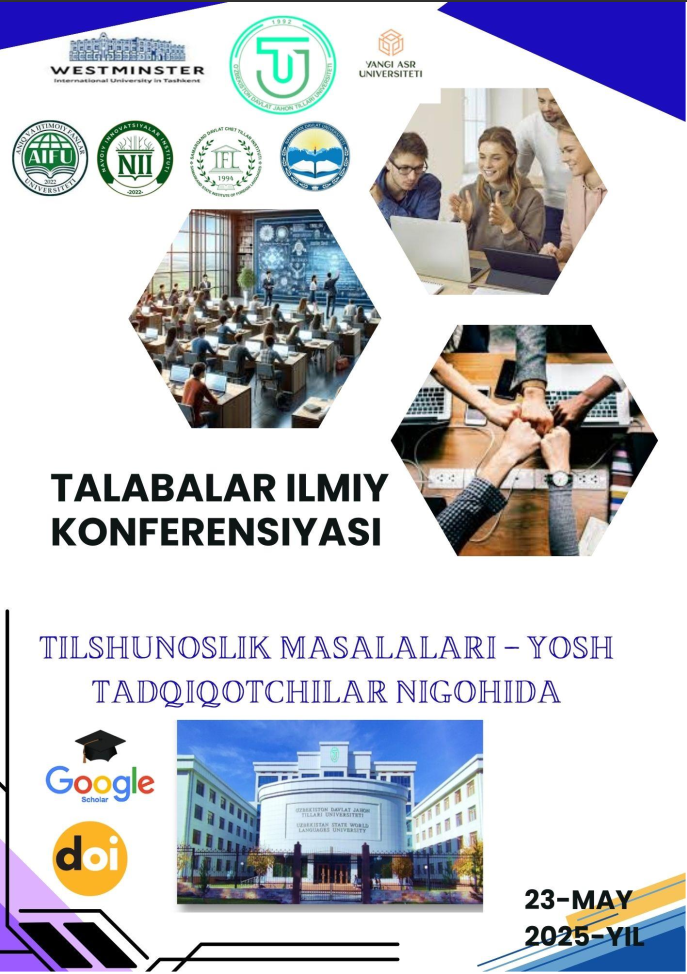TRANSLATION BETWEEN DUTCH AND ENGLISH: A COMPARATIVE ANALYSIS OF EQUIVALENCE AND ADEQUACY
https://doi.org/10.5281/zenodo.15517396
Kalit so‘zlar
translation studies, equivalence, adequacy, Dutch-English translation, literary translation, semantic differences, stylistic features, cultural context, translation challenges.Annotasiya
This article examines two key principles that translators face when translating from Dutch to English: equivalence and adequacy. The main focus is on semantic, stylistic, and cultural differences in literary works. The practical manifestations of both principles are analyzed using the example of Harry Mulisch’s famous work “De Aanslag” (The Attack) and its English translation (“The Assault”). The results of the study show that although semantic equivalence can be achieved in translation, it is not always possible to fully preserve cultural and stylistic adequacy.
Foydalanilgan adabiyotlar ro‘yhati
Jakobson, R. (1959). On linguistic aspects of translation. In R. A. Brower (Ed.), On translation (pp. 232–239). Cambridge, MA: Harvard University Press.
Nida, E. A. (1964). Toward a Science of Translating: With Special Reference to Principles and Procedures Involved in Bible Translating. Leiden: E. J. Brill.
Mulisch, H. (1982). De Aanslag. Amsterdam: De Bezige Bij.
Mulisch, H. (1985). The Assault (T. P. Vincent, Trans.). New York: Pantheon Books.
Baker, M. (2011). In Other Words: A Coursebook on Translation (2nd ed.). London: Routledge.
Venuti, L. (1995). The Translator’s Invisibility: A History of Translation. London: Routledge.

